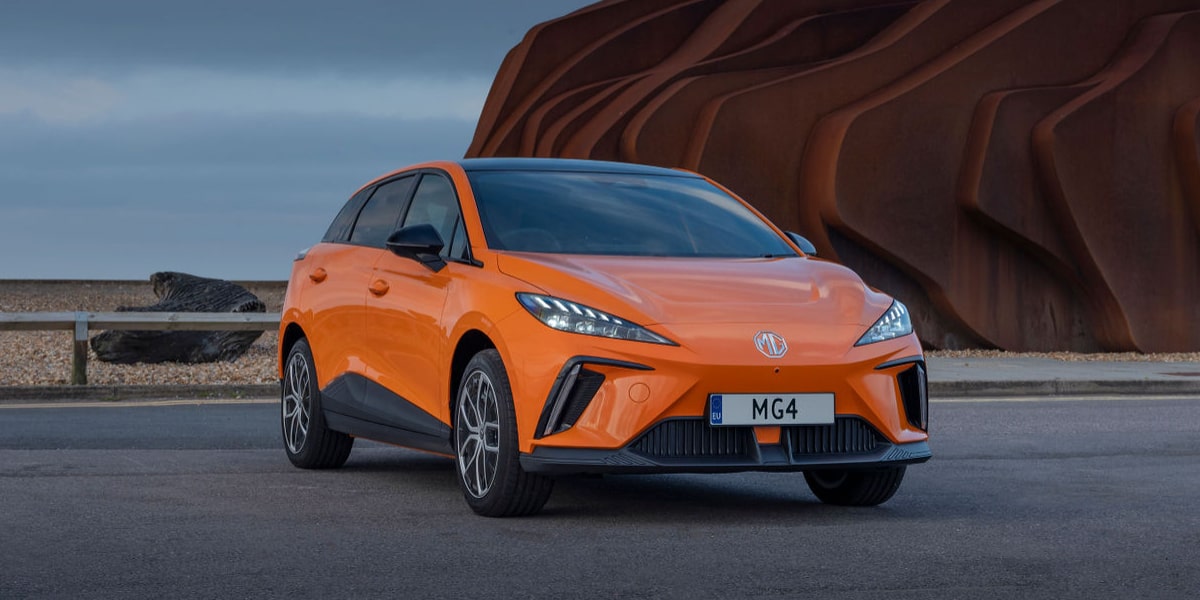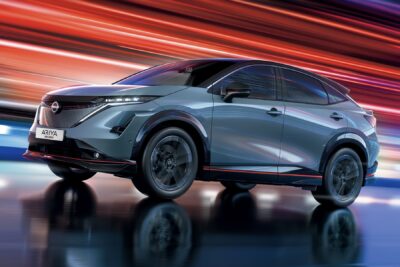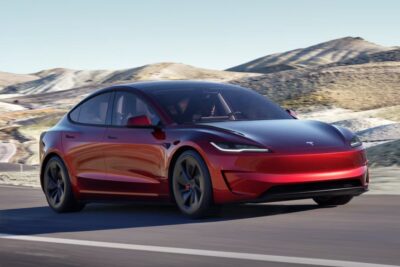Sales of Chinese brands rise in Europe – but not for EVs
According to preliminary figures from market analyst Dataforce, reported by the German Automobilwoche, sales of Chinese vehicles rose by 78 per cent in the first three months of the year, while sales of China-built electric cars increased by only 29 per cent. With a total of 148,096 vehicles sold, Chinese brands managed to grow their market share to 4.5 per cent in a European market that remained stagnant or slightly declined – the European industry association ACEA reports a small overall drop of 0.2 per cent. In Q1 2024, Chinese brands held a 2.5 per cent market share.
When it comes to electric vehicles, however, the growth of Chinese brands has been slower and roughly in line with the overall EV market. The market share of Chinese manufacturers in the battery-electric sector remained stable at 7.9 per cent.
That indicates that Chinese manufacturers are increasingly selling combustion-engine and hybrid models in Europe, despite initially focusing heavily on pure electric vehicles. BYD, for example, is ramping up its offering of plug-in hybrids to boost sales across the continent. For SAIC’s MG Motor, the compact SUV ZS was the top-selling model in Europe – but the majority of the volume came from petrol or hybrid variants, not the battery-electric version. Across all models, MG’s electric share in Europe dropped to just 13 per cent, according to Dataforce figures.
MG was the most successful Chinese brand in Europe in the first quarter, with 76,583 new vehicles sold. However, the manufacturer faces a significant issue: with its now-low electric share, MG exceeds its CO₂ fleet target of 95.7 g/km by more than 15 grams. That puts SAIC’s MG brand at risk of missing its 2025 CO₂ targets and facing potential penalty payments. MG has already hinted that it is looking into joining a so-called CO₂ pool with other manufacturers. In addition, the share of pure combustion models could be reduced in favour of (on paper) more fuel-efficient hybrid models.
Chery must also keep a close eye on its CO₂ targets, according to the report. With 15,663 vehicles sold, the Chery Group – with its Jaecoo and Omoda brands – secured third place behind MG and BYD (27,365 sales). However, Chery is currently a significant 47 g/km over its 94-gram CO₂ target, according to Dataforce calculations.
Although the European Commission plans to slightly ease the initially stricter CO₂ fleet targets for 2025 – by giving manufacturers more time to comply and averaging CO2 fleet emissions over the coming years – it is not expected to raise the targets (which vary depending on the manufacturer). For now, however, this remains only an announcement and has not yet been translated into binding law.
automobilwoche.de (in German)





0 Comments